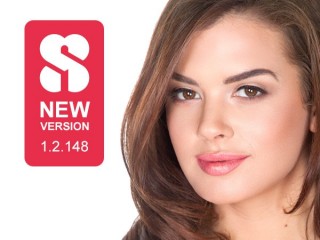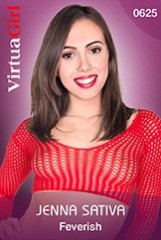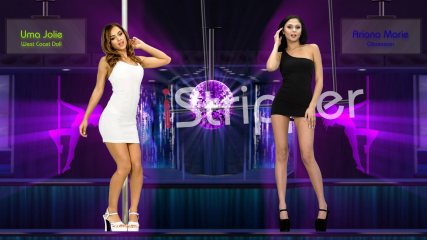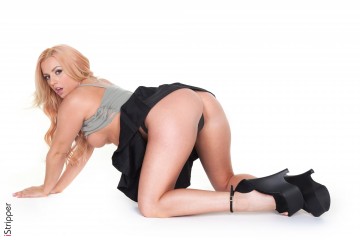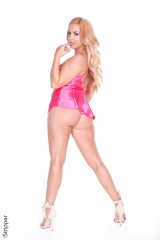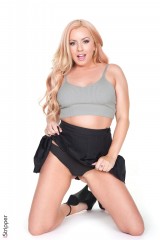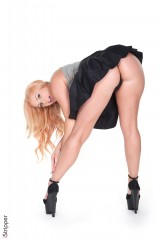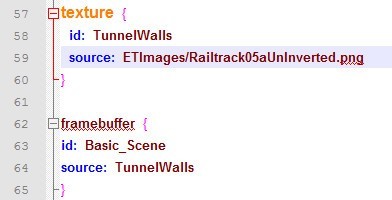@Emu, for me the important thing was to have a means of correcting the automatic flipping of sampler textures in iStripper.
. This we achieved with framebuffering at least.
Its something I would have hoped Totem would address in the design of their platform rather than us having to muddle through such things with code repairs.
Then again they are primarily selling a product ~ the animation ~ and fullscreen is really just an enhancement, so any tinkering you can do to attempt to find new tools is very worthwhile. Can't thank you enough.
A while back you said
if you use a shader with a sprite then the scale, opacity, and color attributes in specified in the .scn for the sprite often have no effect. I recently found out why - it because the shaders are not bothering to do the trivial amount of work necessary to take them into account.
This reminded me ( even prior to using framebuffers ) of the behaviour of shaders in a single .scn when you try to use several instances of the same shader below the camera node. This happend when I tried to do
a tunnel within a tunnel with the BoyC and at another time, with the Tunnel A shader.
If you render both instances onto their separate sprites using the same open directory texture path calls above the camera node, both instances will select the very same (random?) texture. You have to provide copies of the same shader from separate directories to get them to function independently ~ ie:you have to make a second shader2 location and that way can run each shader instance quite separately or the two instances will not act independently.

